Traveling in Morocco is like diving into a kaleidoscope, with each frame rich and enticing.
However, many people have a vague impression of Morocco, with its towns, temples, and tombs. How many beautiful colors does Morocco actually have? How many surprises are there when staying in desert tents, exploring local markets, and visiting leather dyeing workshops?

The 11-day itinerary in Morocco connects the kaleidoscope-like country and allows you to walk through the North African garden, creating a colorful dream with you, and unveiling the mysterious veil!
1. The Best Time to Travel to Morocco
September to June of the following year.
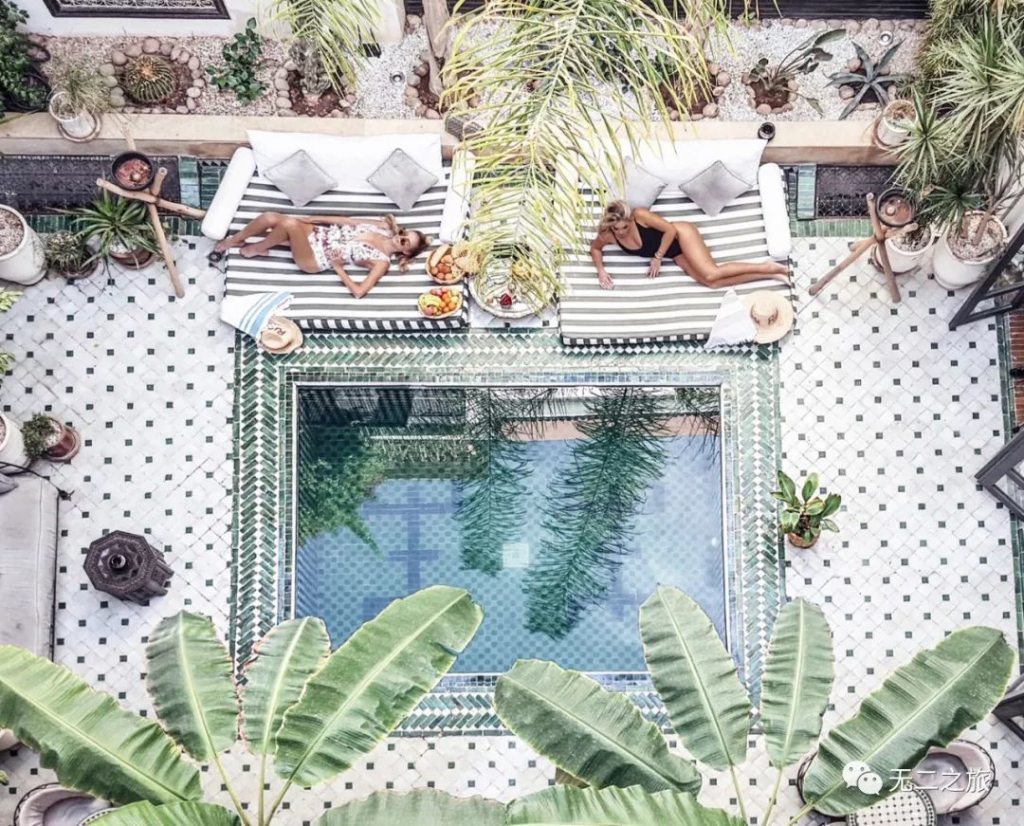
2. Travel Recommendations for Morocco
Deeply immersive, panoramic experience.
Starting with a landing in the romantic city of Casablanca, walking through the Red City of Marrakech, the millennium-old city of Fez, and the fairytale world of Chefchaouen, the rich colors and mysterious and intricate patterns of Morocco are unfolded before your eyes like oil paintings.

In this 11-day itinerary, in addition to sightseeing, there are many must-have experiences in Morocco to complete. Staying in a desert tent and counting the stars in the Sahara; exploring North African markets and finding handmade Moroccan slippers, leather poufs, and unique backpacks; trying Moroccan cuisine, with Tagine and Couscous being the crown jewels of Moroccan food…
3. Morocco Travel Itinerary Overview
Day 1: Start your Morocco journey in Casablanca.

The Hassan II Mosque, which is one-third built on the sea, is the third largest mosque in the world and the only temple open to foreign tourists in Morocco.
When entering the mosque, you need to take off your shoes and step barefoot on the warm marble floor. The temple is full of repetitive, radiating, and rhythmic patterns, and when the sunlight shines, the walls ripple like water.

The Medina is a traditional souk established by the French in the 1930s. There are many handicraft shops, bakeries, and cafes where you can browse and shop for various Moroccan-style trinkets.
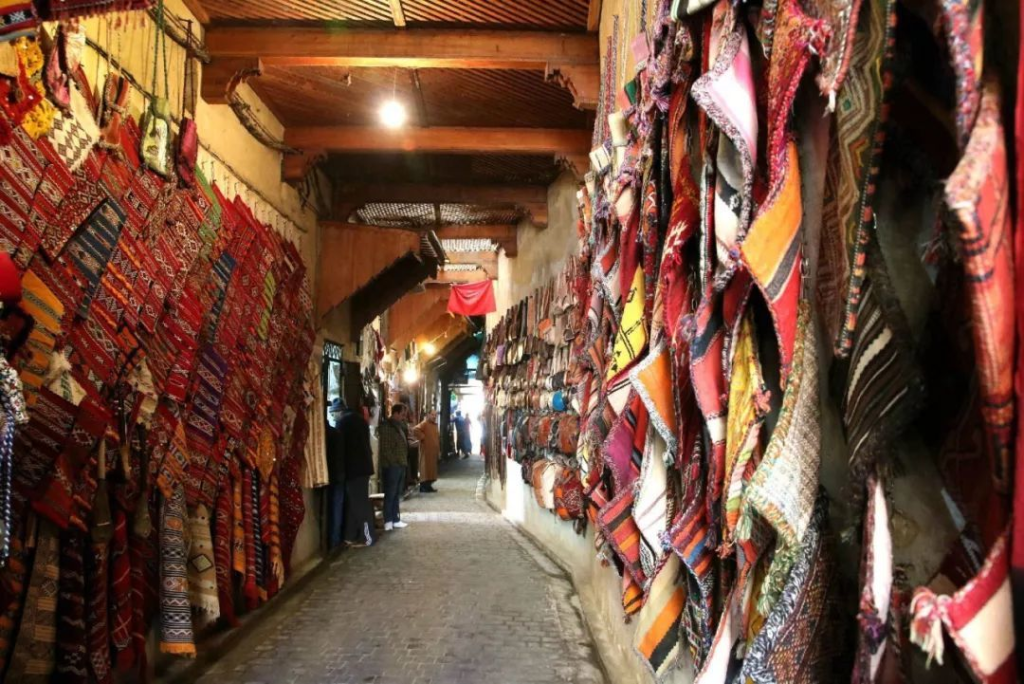
Day 2: Experience the classical Andalusian architectural style.
The Ben Youssef Madrasa is a more than 600-year-old school for studying the Quran.

In terms of status, it is one of the largest Quranic schools in North Africa, and in terms of architectural achievements, it is one of the representative works of Morocco’s heyday. Here, you can feel the grandeur and delicacy of Islamic architecture.

The Koutoubia Mosque is a landmark building in Marrakech, located next to the Djemaa el-Fna square in the city center. The mosque is only open to Muslims, and ordinary tourists cannot enter and visit.
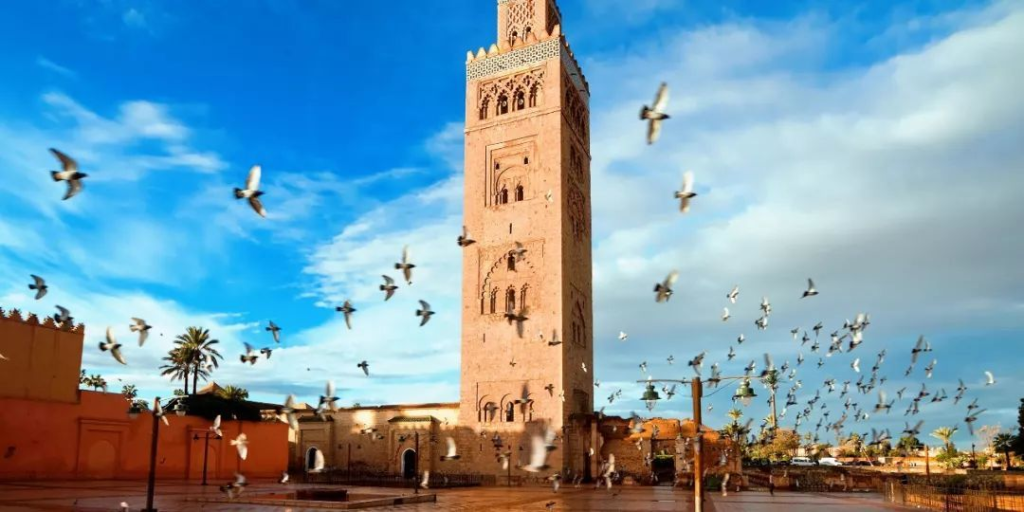
During the construction of the minaret, nearly 10,000 bags of precious spices were mixed into the mud used to bond the stones, giving the mosque a strong fragrance.
It is said that the faint scent can still be smelled today, and therefore it is also known as the “Perfumed Minaret”.

For ordinary tourists, what attracts them to Marrakech is its night market. Every night, the Djemaa el-Fna square is filled with various stalls offering food, drinks, and entertainment. There’s so much to do and see that you can only experience a small portion of it in one evening.

Traveling is about going to a strange place, visiting classic attractions, experiencing different lifestyles, and tasting local cuisine.
Day 3: Visit the blue Majorelle Garden
The Bahia Palace is an elegant palace built in the late 19th century. The palace has many gardens, and the interplay of dappled light and patterns create beautiful Islamic scenes.
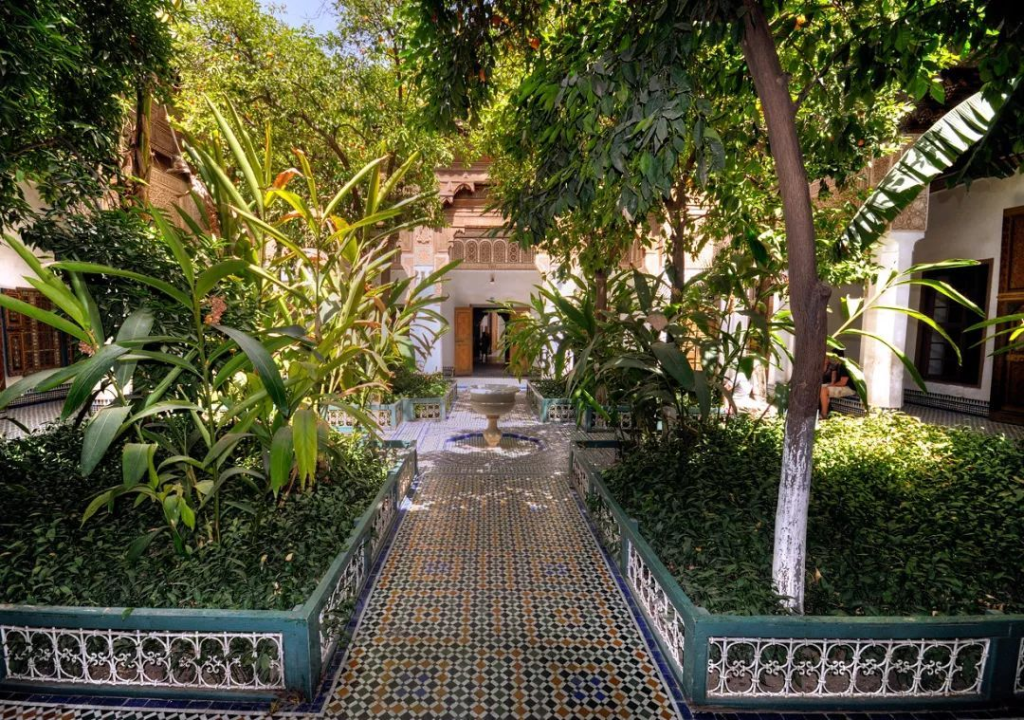
In the “Red City”, the blue Majorelle Garden is an anomaly. Yves Saint Laurent, the founder of YSL, bought it and surrounded it with small bridges, flowing water, and exotic flowers and trees, creating a cool oasis in the midst of the heat.

The garden also houses the Marrakech Museum of Islamic Art, which displays a collection of North African textiles personally owned by Mr. Yves Saint Laurent, as well as a large number of ceramics, jewelry, and paintings.
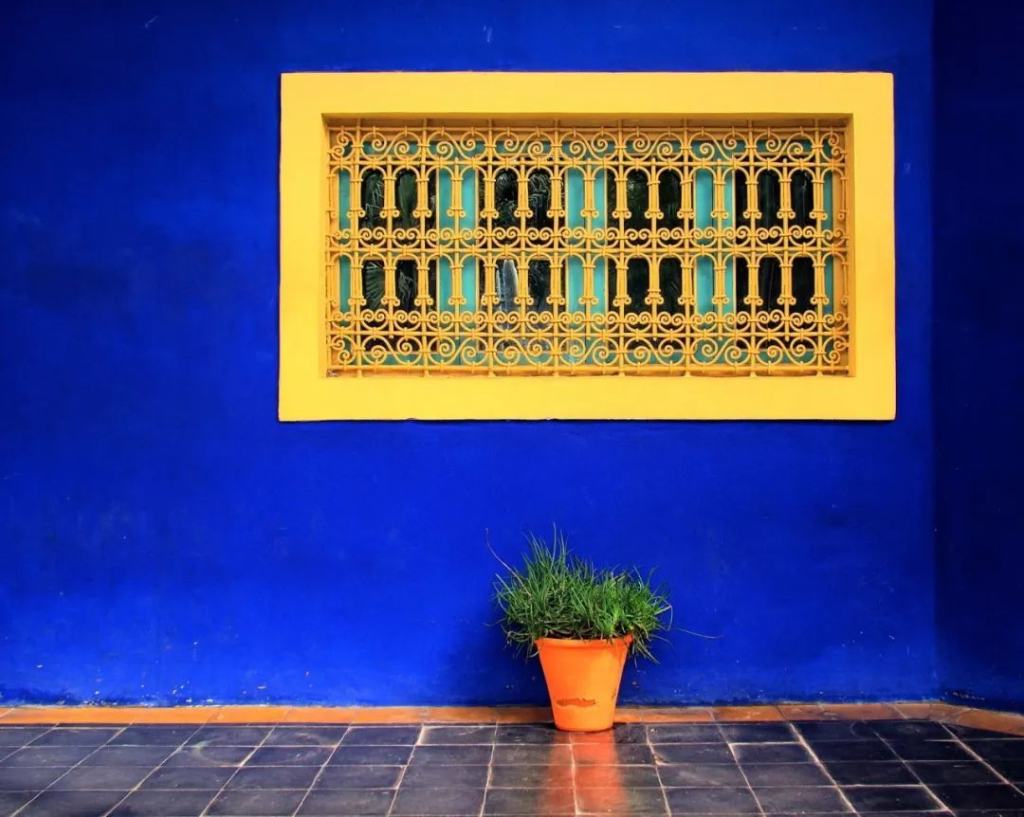
Day 4 Marrakech to Ouarzazate, exploring filming locations of Game of Thrones.
The Ait Ben Haddou village is known as the “beautiful village of Morocco” and it is a well-preserved ancient village in the southern region of Morocco. Here, you can also buy artistic and ethnic handicrafts with stunning colors.

This unique and charming ancient city is the prototype of King’s Landing in “Game of Thrones”. Climbing along the red-tinted castle from the foot of the mountain to the top, the whole city is yours.

Day 5 Ouarzazate to Merzouga, enjoy the stunning coastal scenery.
The Todra Gorge is only 10 meters wide but more than 300 meters high. Walking through the bottom of the gorge, you can see towering brown cliffs on both sides and a gentle river flowing through the valley.

You will spend the night in a desert tent, but don’t worry, the rooms are comfortable and clean, and the living facilities such as bathing are well-equipped.
So even though you are staying in the desert, you can still enjoy a comfortable experience.

Day6 Evelyn Town
If you are looking for a skiing destination in Morocco, then the town of Ifrane is the perfect choice. It is known as the “Little Switzerland” and is more like a European town than a Moroccan one.

Day7 Touring the ancient city of Fes
Fes, one of the four imperial cities in Morocco. The Medina of Fes, with a history of over a thousand years, is known as the “City of the Labyrinth”.
Within the old city, there are over 9,000 winding alleys and more than 360 mosques hidden among them. Being there, navigation apps become useless and one can easily lose their sense of direction, making it difficult to distinguish between the past and present.

Wandering through the alleys, sometimes it may seem like the road ahead has ended, but as soon as you step through a large gate, cross a rooftop, or even push open the back door of a small shop, suddenly everything becomes clear and vivid again.

If you smell a faint smell when you get lost, there will probably be a leather dyeing workshop around you. The Firth people mix pigeon dung, cow urine and animal fat to heat, and blend natural pigments into it, and then dye the leather.

The remains of the mausoleum buildings of the annihilated Merinid dynasty reveal a sense of vicissitudes, which is also a good place to enjoy the panoramic view of Phis. Seen from a distance, the various buildings in the ancient city are well arranged. At a glance, it seems that they have never changed.
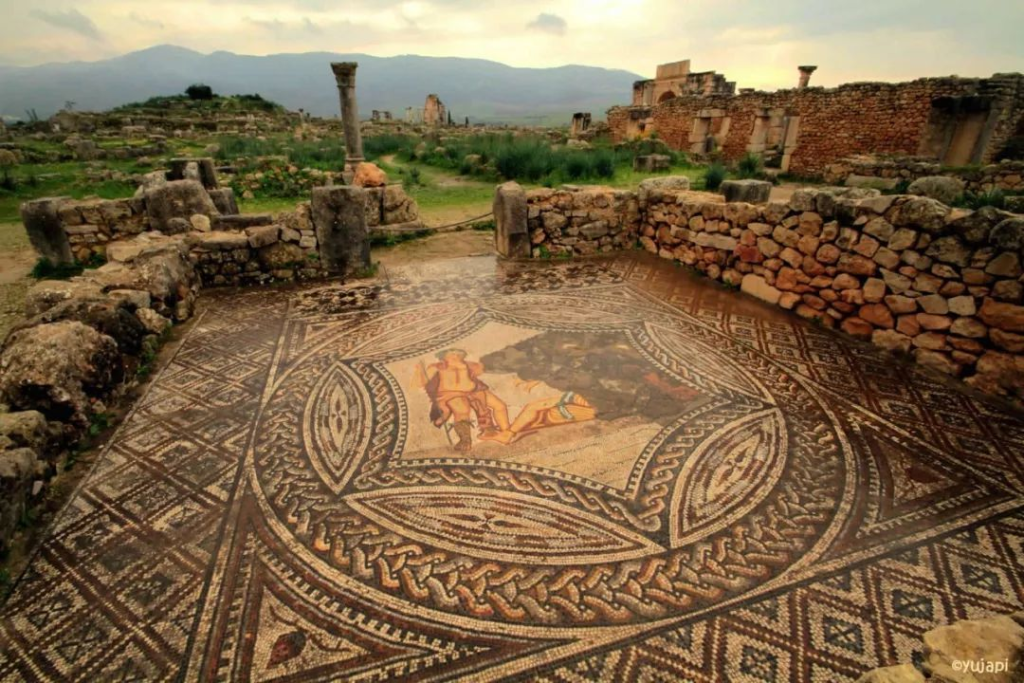
Tips:
The visit to the leather dyeing workshop itself is free, but some shops will pull you up to their balcony to overlook the leather workshop and ask for a tip of about 2 – 3 dirhams per person.
Day8 Shefshavan – City of Blue
The old city of Shefshavan was built on the middle of the mountain, retaining its primitive style. Most houses in the old city were painted blue, and many people came here because of this blue.

Shefshavan was not blue at first. Local people said that blue could repel mosquitoes, so they willfully painted the whole city blue. In this city, all the places in sight are blue, and each photo has its own filter effect.

In addition to the blue color, Shefshavan’s other feature is the ubiquitous cat. These cats are very dominant, always lying lazily on the blue street, glaring at the tourists.
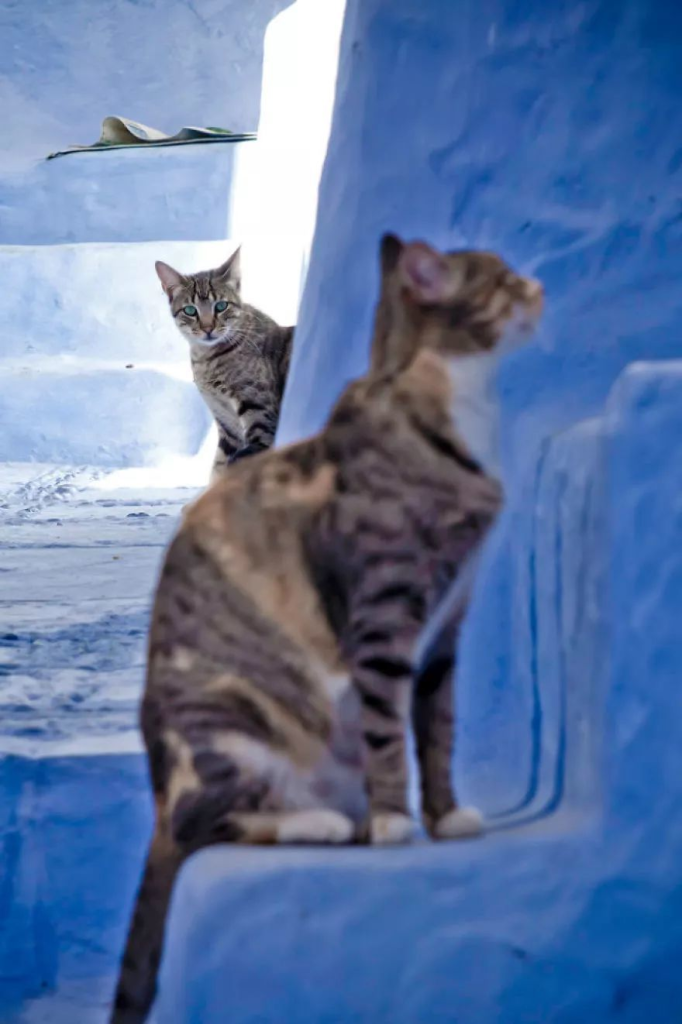
The town was founded in 1471. The small fort in Medina, the old city, still exists today.

Tips:
This “Blue City” is mainly inhabited by pious Muslims. When taking photos, remember not to take their faces.
Day9 Rabat
Rabat is the capital of Morocco, one of the four royal cities, located on the Atlantic coast. Rabat has a thinner sense of existence than Casablanca and Marrakech, but it also has a large number of historic sites to watch.
The tomb of Mohammed V is worth visiting. This royal tomb is built on the site of a huge mosque, which is somewhat overwhelming.
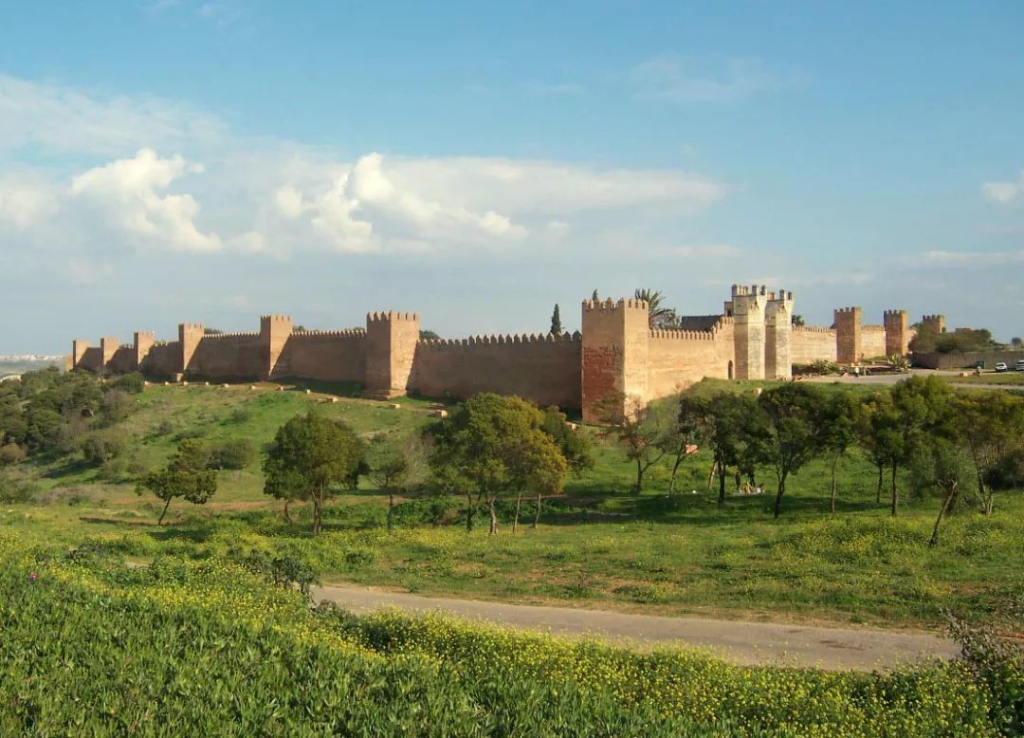
The site of Udaya Fort on the cape of the North Atlantic is another “blue city” in Rabat that can be compared with Shefshavan. Coupled with the sound of the Atlantic waves, it has a charming scenery.

Day10 Rabat Archaeological Museum
The Rabat Archaeological Museum is a famous museum in Morocco, which includes the civilization nurtured in Morocco since the prehistoric Paleolithic and Neolithic times.

The history of Medina’s old city market can be traced back to the 17th century. There are a wide variety of small commodities sold in the market. If you like to go to the market, you must not miss it.
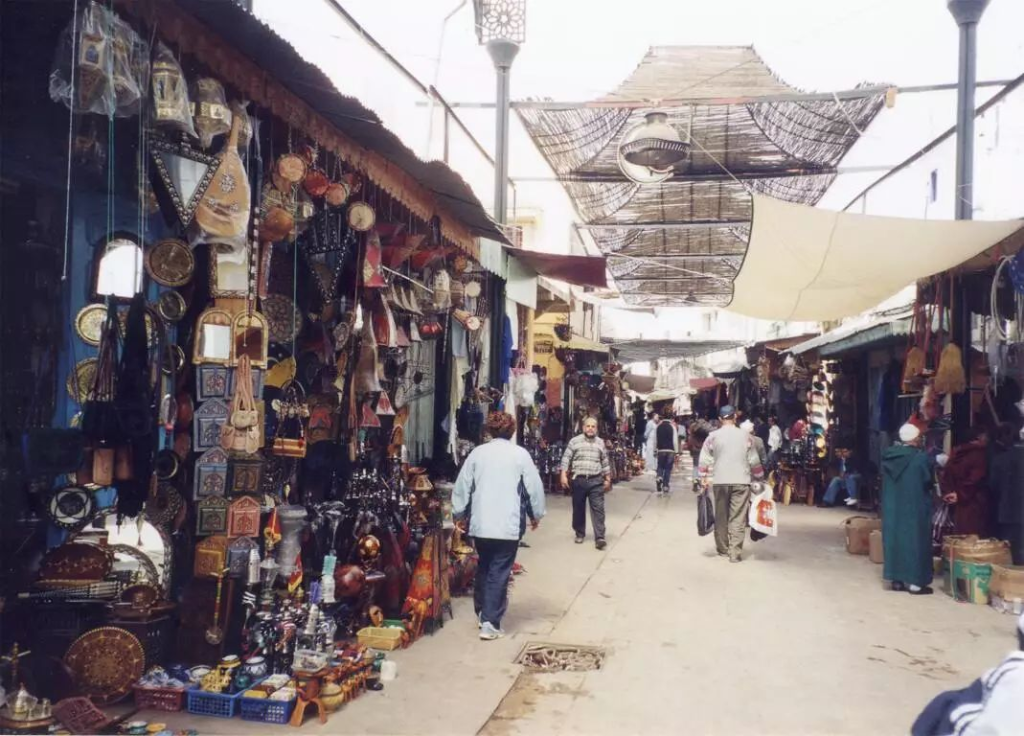
Day11 Casablanca
The golden song of the same name by Betty Higgins is still playing in Cafe Rick in Casablanca.
You can go there for lunch and dinner, and you can also taste wine and coffee. The restaurant was built based on the prototype of “The Spy of North Africa”. If you don’t want to eat, you can just take photos and punch in at the door.

The Moroccan shopping center in Casablanca is the second largest shopping center in Africa. Let’s see if there is anything to buy here and have a good time.

Tips:
After all, the dress requirements are strict when dining at Rick’s Cafe. All casual clothes, sportswear and backpacks are not allowed.
4. Summary
Morocco, rated as the world’s top ten tourist destinations by Lonely Planet, is like a story box full of “One Thousand and One Nights”. As long as you open it, every day is a different “Arabian Nights”
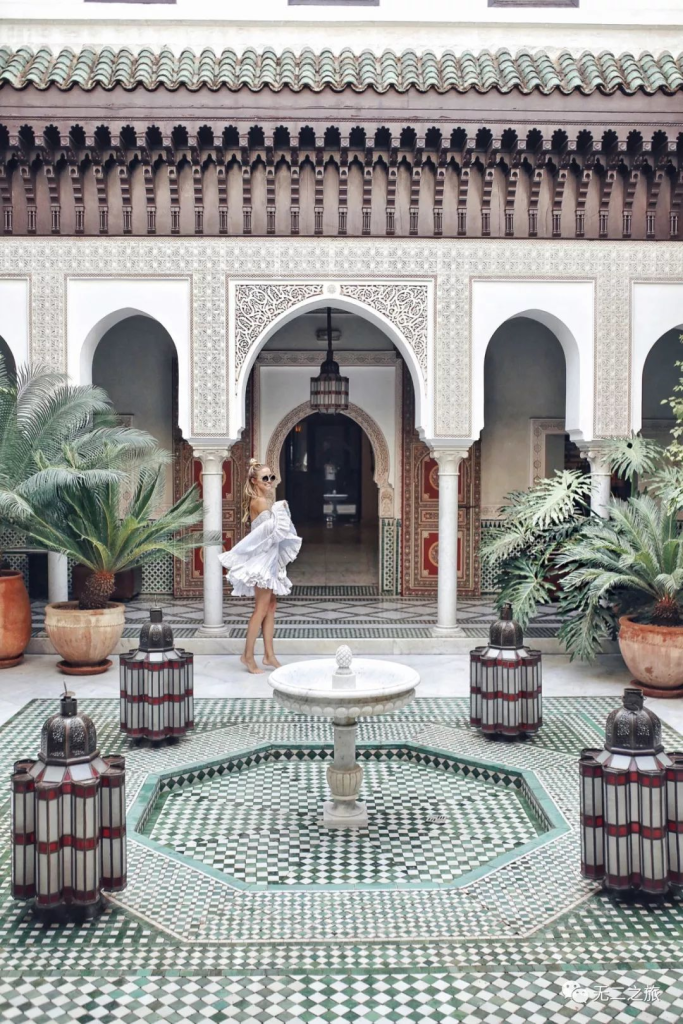

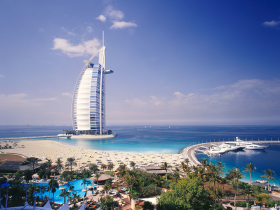
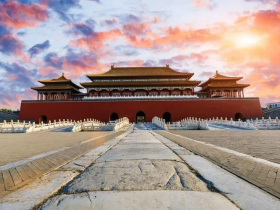
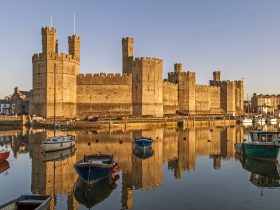
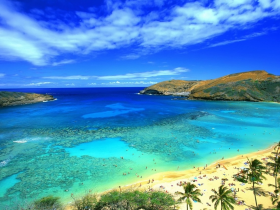
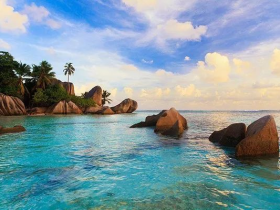
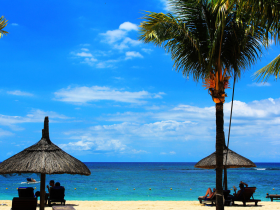
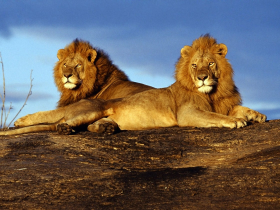
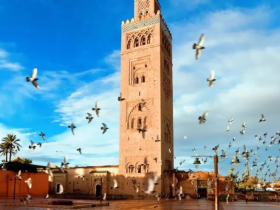
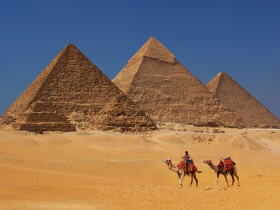
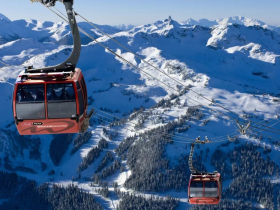
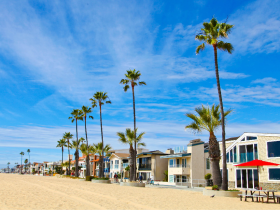
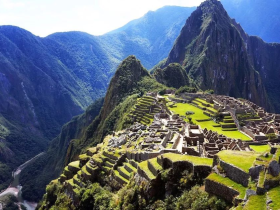
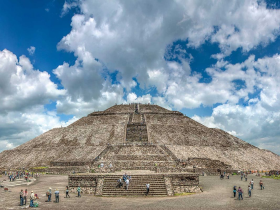
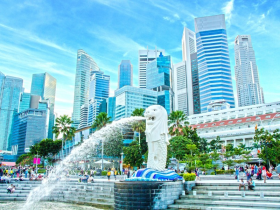
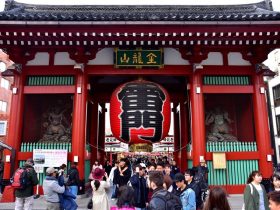
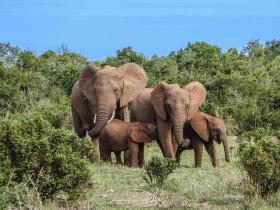
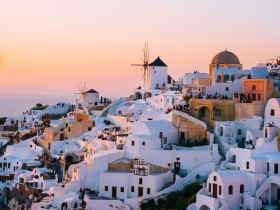
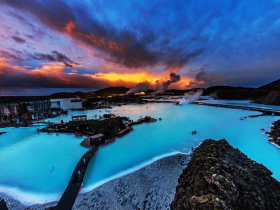
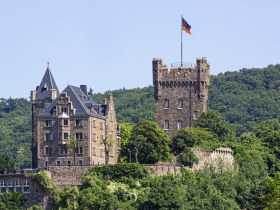
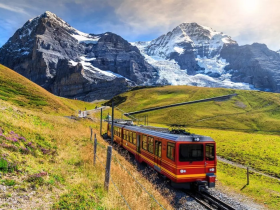
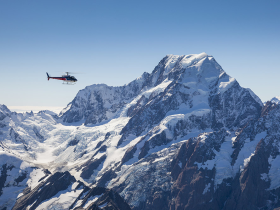
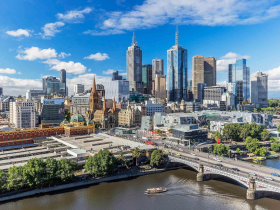
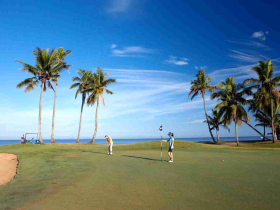
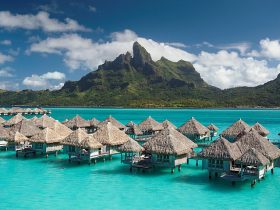
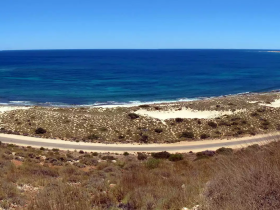
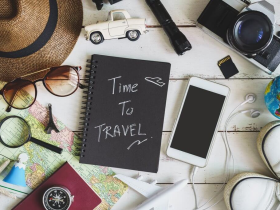
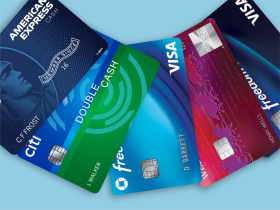
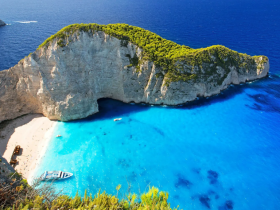
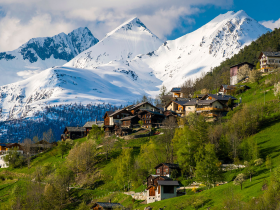
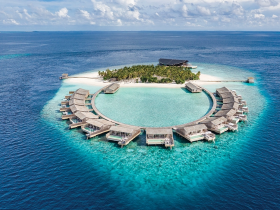
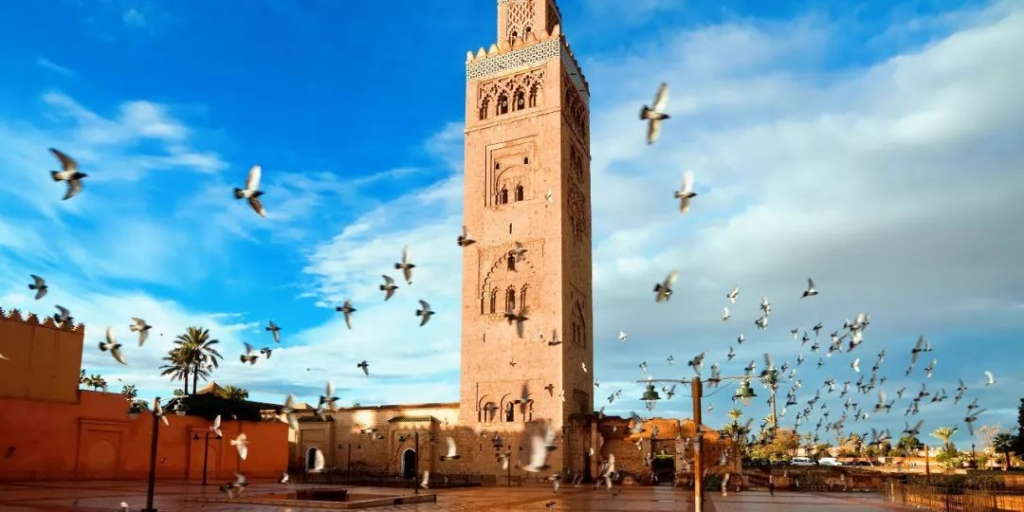
Leave a Reply